From Montreal we drove to West Point NY where we can find the famous West Point Military Academy.
It is home for 4400 cadets who aspire to become Army officers. Once West Point emphasized engineering, but it now offers 44 academic majors. Since 1976, they accept female students. The cadets forgo a strict and rigorous military and physical skills training program.
Founded in 1802, the Academy is set in one of the most picturesque area of the country, aside the Hudson River. This location first served as a fort, to protect the Americans against an invasion of the British. This spot was chosen because the river bends sharply at West Point and it is narrow enough that no ship could go through without being seen and bombarded from the fort. It was a strategic decision made in 1775, and by 1778, the American flag flew over West Point.
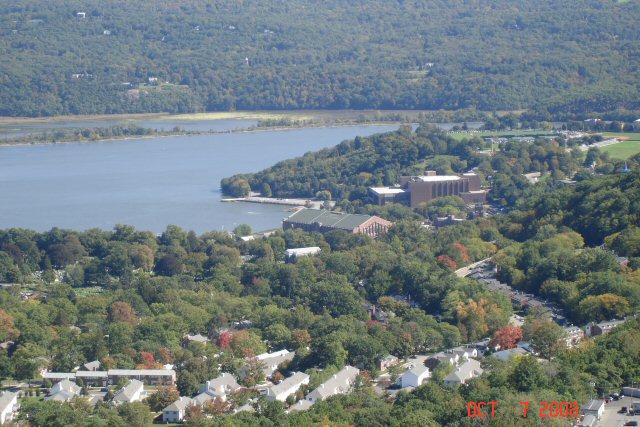

The buildings of the academy are Gothic style, giving them an air of grandeur, massiveness and strength.
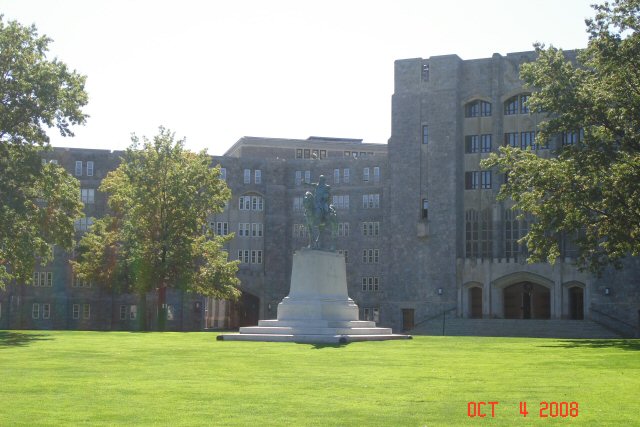
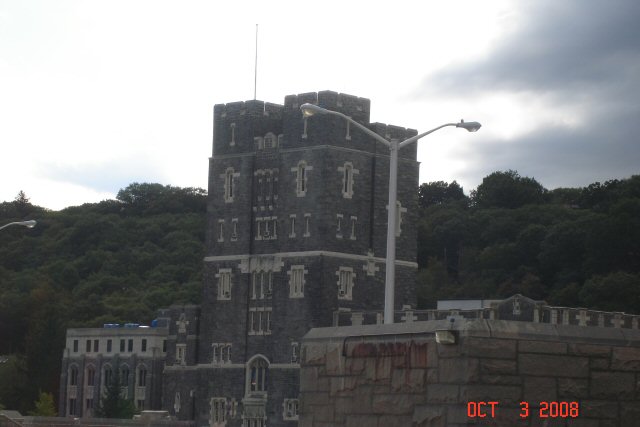
We were lucky enough to go visit the Academy on the day of a Congressional Retirement Review. Congressmen Dave Hobson and Jim Saxton were retiring. We were treated to a parade and a free fall parachute demonstration. We sat in the bleachers surrounded by cadets and watched the show.
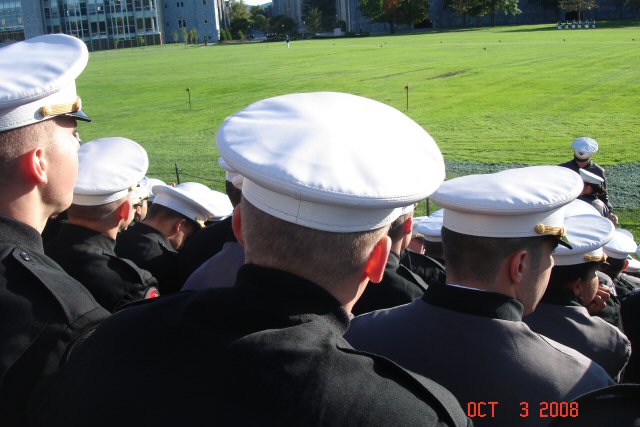
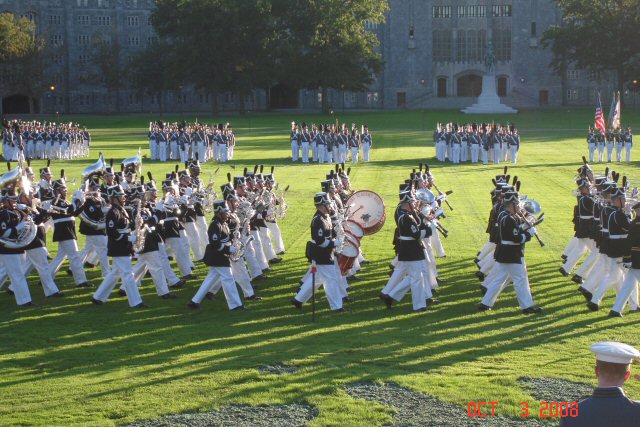

About an hour north of West Point, a hop a skip and a jump from Poughkeepsie lies Hyde Park. This is the site of the FDR Presidential Library, the Franklin D. Rosevelt house and the Vanderbilt mansion.
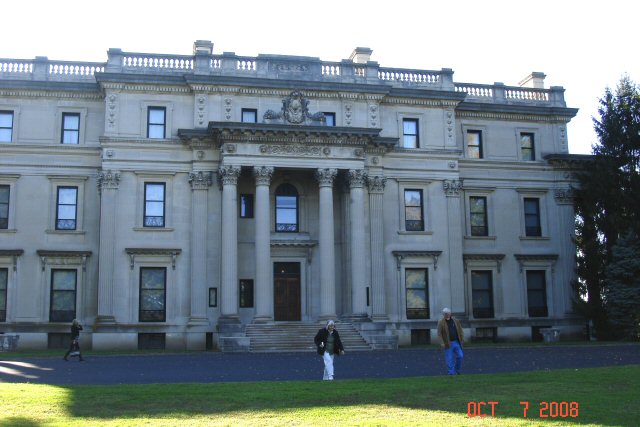
Front of the mansion
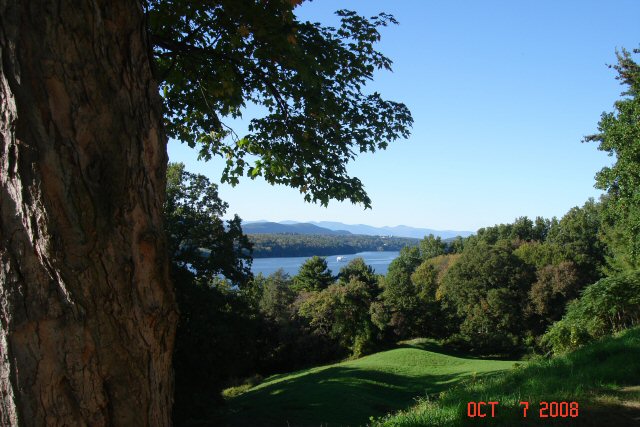
View from the back of the mansion
Frederick (grandson of Commodore Vanderbilt) and his wife Louise Vanderbilt, bought the 700 acres property in 1895. The house on site proved to be unsound, so they built a temporary house at the cost of $50, 000, which took 66 days to construct. They lived in that house while the main house was being built (at a cost of over 2 million dollars). It took 2 years to finish the 50 room main house. It is built to resemble the house of a noble European line. It was designed by Charles Follin McKim.
The classical style and Indiana limestone hides the modern steel and reinforced concrete structure beneath.
This house was the smallest of the Vanderbilt family dwellings. It was used as a Spring and Fall house only. They entertained a maximum of 18 guests at a time at this location.
They spent the rest of their time in New-York, Bar Harbor Newport and the Adirondacks. They Hyde Park Property was by far their favorite and that is where Frederick spent the rest of his life after the death of his wife Louise. They were self-sustained, since most of the property was used a farmland.
It was easy for them or their guests to travel to Hyde Park since they owned the railroad that passed right on their property along the river. Visitors could also travel by boat or private car.
The Vanderbilts were well-liked in Hyde Park, they treated their employees very well. They paid the best wages for house personnel. They didn’t have any children but they welcome the children of Hyde Park to play on their property, they even bought a gift for each child in the village at Christmas. Louise provided for higher education of qualified young women of Hyde Park. She participated in many charities like St. Anthony’s Home for Working Girls and Cathedral of St. John the Divine, she was instrumental in bringing the Red Cross to town and in founding the District Health Nurse Service.
Frederick, unlike his brothers, lived a very private life, but his accomplishments were impressive. He was the first of his family to graduate from College, he sat on the board of 22 railroads, he was director of New York Central for 61 years. Unlike his brothers, he managed to increase his 10 million dollars inheritance to 70 millions by the time he died. There were over 30 people in his will, he took care of all his Hyde Park employees. The one who had worked for him the longest, 33 years, inherited a quarter of a million and a 50 thousand dollars house.
Louise’s niece, Margaret Van Alen inherited the Hyde Park Property and donated the entirely furnished house along with 210 acres of land to the Federal government. Her wish was that it would be a memorial to her Uncle Fred and a National Monument. Since 1940 it has been open to the public and remains unchanged from the time the Vanderbilts lived here.
Pictures were not allowed inside the mansion.